Pranayama Explained + 5 Techniques to Get You Started
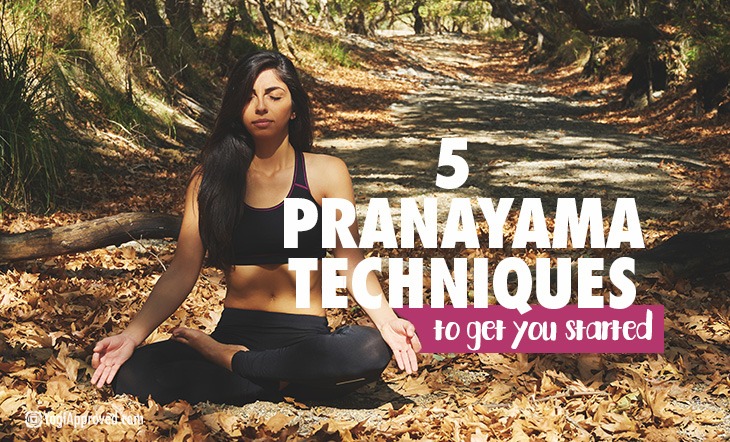
Pranayama is the art of conscious, controlled breathing – it is controlling your breath to alter your current state. When you slow your breath, you slow your thoughts, balance your emotions and settle the mind. Pranayama is a beautiful practice to help you become less emotionally reactive and more aware and present.
How does pranayama affect our body and emotions?
Pranayama has a wonderful affect on our autonomic nervous system which controls our heartbeat, respiration, digestion and more. The autonomic nervous system contains two parts: the sympathetic nervous system (SNS) and the parasympathetic nervous system (PNS).
These systems are responsible for our flight-or-fight response as well as our resting response. Pranayama helps keep these systems balanced.
For breath is life, and if you breathe well you will live long on earth. – Sanskrit Proverb
How do we begin a pranayama practice?
Each day, commit to at least a few minutes of a pranayama practice. Start small and stay positive. Pranayama teaches you to become present and aware of what is going on mentally and emotionally.
When you feel your emotions are out of check, remind yourself to stop and breathe. Nothing too technical at first – just learn to notice what is happening in your body and how your breath can help.
Here are 5 methods to help you begin a pranayama practice:
1. Notice your current breathing patterns
A great way to begin a pranayama practice is to examine your current breathing habits:
- Do you breathe through your nose or your mouth?
- When you inhale, do you fill up your chest or your belly?
- When you exhale, do you relax or remain tense?
Once you have spent some time exploring your patterns, you will know what needs attention:
- If you discover you breathe through your mouth, try to switch to nostril breathing. It will help calm your body and regulate oxygen flow.
- If you find you breathe into your chest, try to focus on deep belly breathing. Breathing only into the chest is called ‘upside down breathing’ and can actually create or increase anxiety.
- When you exhale, be more aware of your body’s response. Give your body the opportunity to let go of tension through the breath.
2. Breathe through the stress
Now that we know our breathing patterns, let’s become more aware of our breath and how it relates to stress. Stress causes our body to become tense, and our breathing to be short.
The more this pattern continues, the more the body panics. If we can utilize pranayama to allow our breathing to remain normal, the more equipped we will be to handle stress.
Let’s try it:
- Take a deep inhale to a count of three
- Pause, then exhale to a count of three
- Over time, double the length of the exhale to a ratio of 2:1
- Repeat this at least ten times and notice how your attitude and heart rate changes
You have more control over your emotions and reactions than you may have thought. Pranayama can give you the power to become free; a person or event can no longer keep you anxious or stressed.
3. Positive breathing
An easy pranayama technique with big results is called ‘positive breathing,’ and I practice this daily. Just a few minutes of positive breathing a day can completely change your outlook.
Our thoughts greatly impact our attitude and viewpoints, so setting aside just a few minutes to invite positivity into your life will greatly change your entire perspective.
Let’s try it:
- Sit in a comfortable position with your eyes closed and take a few slow, deep breaths
- Using your right hand, find the Vishnu Mudra by curling down the pointer and middle fingers, keeping the ring, thumb and pinky fingers extended
- Place your ring finger on your left nostril and gently close it
- Begin to breathe out of only your right nostril for a count of four
- Make sure the inhales and exhales are the same length
- Try this technique for 3- 5 minutes, slowly working your way up to 20 minutes over time
- A great addition to this practice is to think of something positive on each inhale (a word, a person, an event, etc.)
This technique is also called right nostril breathing and it is a fantastic pranayama practice to move energy through the body, reduce stress and revitalize the body. It will help you find a positive state of mind and improve your mood.
4. Alternate Nostril Breathing (Nadi Sodhana)
Alternate nostril breathing helps to balance the left and right sides of the brain which also balances discipline and intuition. It is a great pranayama practice to clear your energetic channels, reduce stress and improve focus.
Practice this conscious breathing technique when you are feeling stressed or nervous (especially about an upcoming event) to help find balance and clarity.
Let’s try it:
- Sit comfortably with a straight spine and your eyes closed
- Exhale completely
- Find Vishnu Mudra (refer to #3 for instructions) with your right hand
- Close your right nostril with your thumb and inhale through the left nostril
- Close your left nostril with your right ring finger and exhale through the right nostril
- Inhale through the right nostril and close it with your thumb
- Then exhale through the left nostril
- This completes one cycle
- Practice at least 12 cycles at a time
- Always complete this practice by exhaling out the left nostril
If you are interested in learning more about this form of pranayama, check out this article on Alternate Nostril Breathing.
5. Humming Bee Breath (Bhramari Pranayama)
Bhramari pranayama is one of my favorites because it cuts off sight and sound and invites your consciousness to completely internalize. This practice is also great to reduce frustration and anger, and calm the nerves.
Let’s try it:
- Sit comfortably and take a few deep breaths
- As you inhale, close your ears with your thumbs and use your index fingers to gently cover your eyes
- As you exhale, continuously hum with the sound coming from your throat (this will sound like the buzz of a bumblebee)
- The eyes are closed, the lips touching and the teeth slightly separated
- Try at least six rounds or more
- When finished, place your hands in your lap and breathe silently for a few moments
Bhramari pranayama also stimulates the pineal gland deep within your brain. The pineal gland is largely dormant and is mystically known as your sixth sense, but can be revitalized with regular practice of this breathing technique.
Sitting in silence and focusing on breathing can be more challenging than it sounds. Pranayama is a practice, and the more you do it the easier it will become. Pranayama is available to you at anytime. It will help you let go of negative thoughts, and begin to balance your mind and emotions. Everything you need is already within you, now is the time to access it.
Take This Pranayama Class


This Month's Letter
From the Editor
Monthly motivation and food for
thought from our founder.


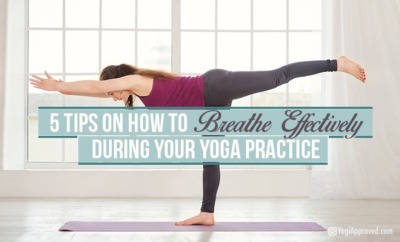
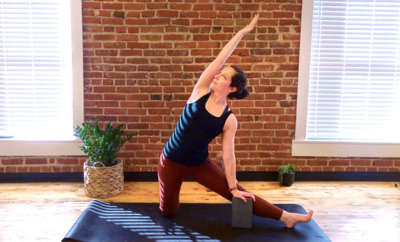
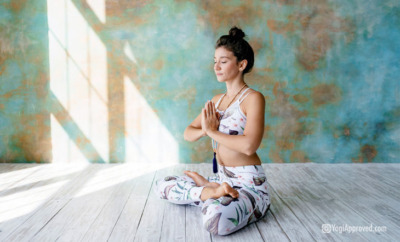

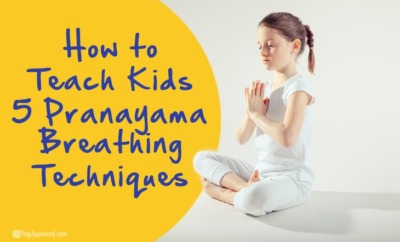
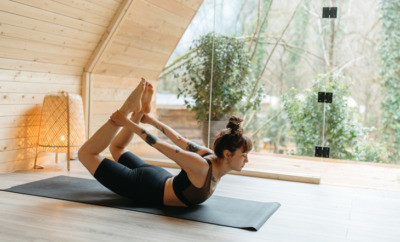



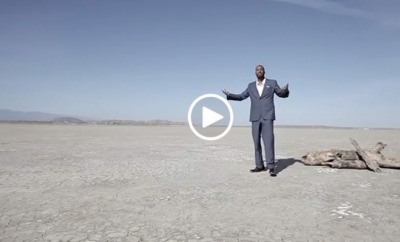





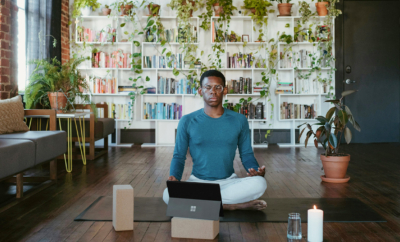











Comments